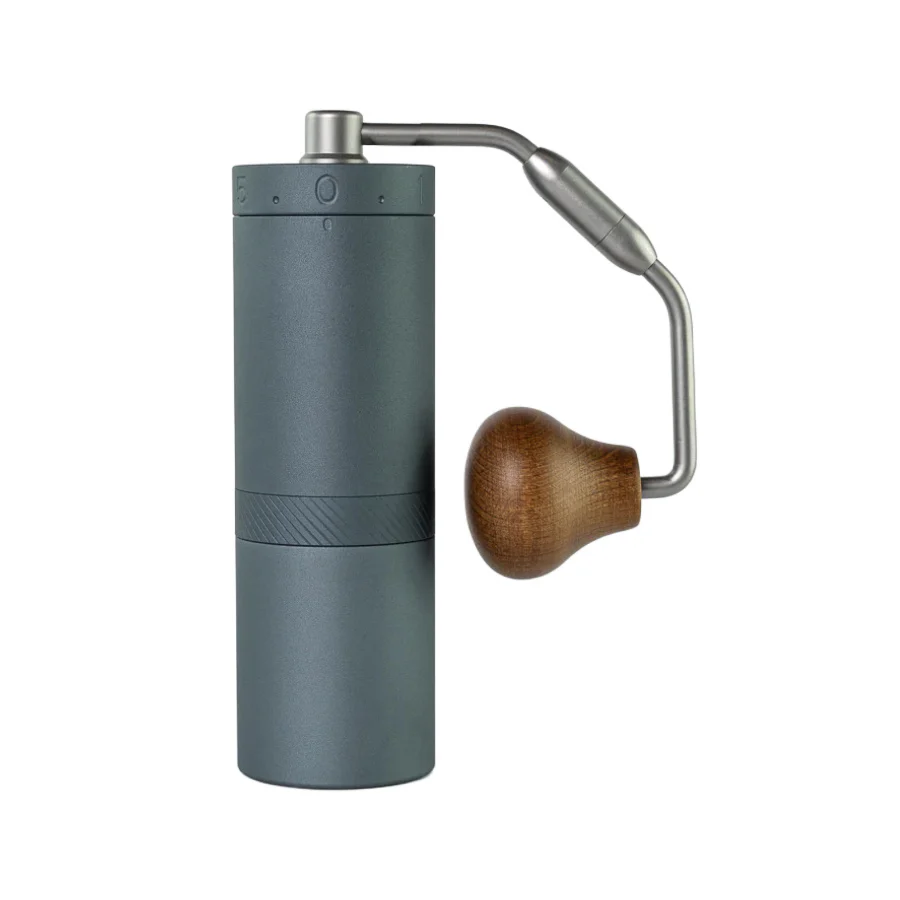Master the Art of Grinding: Unleash the Possible of 1Zpresso J-Max
Master the Art of Grinding: Unleash the Possible of 1Zpresso J-Max
Blog Article
Master the Art of Grinding Coffee Beans: A Guide to Coffee Grinders
For coffee lovers, the process of grinding coffee beans is more than simply a routine job; it is an art form that can greatly affect the flavor and high quality of the last brew. Coffee mills play an important duty in this delicate procedure, yet mastering their use entails more than simply pressing a button. Recognizing the nuances of different mill types, choosing the ideal grind dimension, and using the right techniques are crucial steps in the direction of achieving that ideal mug of coffee. However, the trip towards ending up being a coffee grinding maestro doesn't finish there. As we explore the details of this craft, we will discover upkeep secrets, fixing tips, and extra, all intended at raising your coffee experience to brand-new elevations.
Sorts Of Coffee Grinders
There are 3 key types of coffee mills commonly made use of by coffee lovers: blade grinders, burr mills, and hands-on grinders. Blade mills are the many basic kind, utilizing an easy blade to chop the coffee beans. While they are budget-friendly and easy to make use of, they usually result in unequal coffee grounds due to irregular grinding.
Manual mills, as the name recommends, require hand-operated initiative to grind the coffee beans. They are commonly chosen by those who appreciate the process of hand developing coffee or for those that value portability. Manual mills can vary in layout, from basic handheld versions to extra elaborate countertop versions. While they may need even more effort, hand-operated grinders supply control over the grinding process, permitting individuals to adjust the work size to their choice. Each kind of coffee mill has its advantages and ideal usage cases, accommodating the varied choices of coffee enthusiasts.

Selecting the Right Grind Dimension
With an understanding of the various types of coffee mills, the following important action in achieving the best mug of coffee is selecting the ideal work size. The work dimension plays a significant function in determining the taste profile of your coffee (1Zpresso J-Ultra). Various brewing techniques need details work sizes to optimize the extraction of flavors from the coffee grounds
For a crude work, perfect for French press and cool mixture techniques, the coffee beans ought to look Click This Link like breadcrumbs, supplying a durable and strong taste. Medium-coarse grinds, appropriate for Chemex or Clever Dripper, have a structure similar to rugged sand, providing a balanced taste.
Medium grinds, typically utilized in drip coffee makers, have a consistency resembling regular sand, resulting in an all-around flavor. Fine grinds, finest for espresso devices, belong to salt, producing an abundant and extreme preference. Extra-fine grinds, utilized in Turkish coffee, are as fine as powdered sugar and produce a strong and potent brew.
Grinding Techniques for Ideal Taste
To remove the maximum potential of flavor from your coffee beans, understanding correct grinding techniques is essential. Uniformity is vital when it comes to grinding coffee beans for ideal taste. By paying attention to these grinding methods, you can elevate the taste account of your coffee and enjoy an extra enjoyable cup every time.
Upkeep and Cleansing Tips

Along with routine cleaning, it is vital to examine your mill for any indicators of wear or damage. Inspect the blades, burrs, and other elements for any dullness or breakdowns. Replace any kind of worn-out components promptly to preserve the quality of your coffee work. Store your grinder in a completely dry and clean setting to stop any dampness or dust from impacting its performance. By complying with these maintenance and informative post cleansing suggestions, you can make sure that your coffee grinder remains to provide scrumptious newly ground coffee for many years to come.
Troubleshooting Common Grinder Issues


Guaranteeing your coffee mill operates smoothly requires proficient troubleshooting of common issues that may occur throughout its usage. One common trouble with coffee mills is inconsistent work size.
This can happen when oils from the coffee beans develop up and block the grinder's chute. To settle this, take apart the mill and clean all components thoroughly, paying unique attention to the chute and burrs.
Last but not least, if your grinder is generating excessive sound during procedure, it could show an issue with the electric motor or interior parts. In such situations, it is recommended to speak with the manufacturer's directions for fixing actions or seek specialist support to detect and correct the concern quickly.
Conclusion
To conclude, mastering the art of grinding coffee beans entails recognizing the various kinds of coffee grinders, picking the best work size, making use of appropriate grinding methods for optimal taste, and maintaining and cleaning up the mill consistently. By following these standards and troubleshooting typical mill concerns, coffee enthusiasts can elevate their coffee developing experience and appreciate a delicious mug of coffee each time.
Report this page